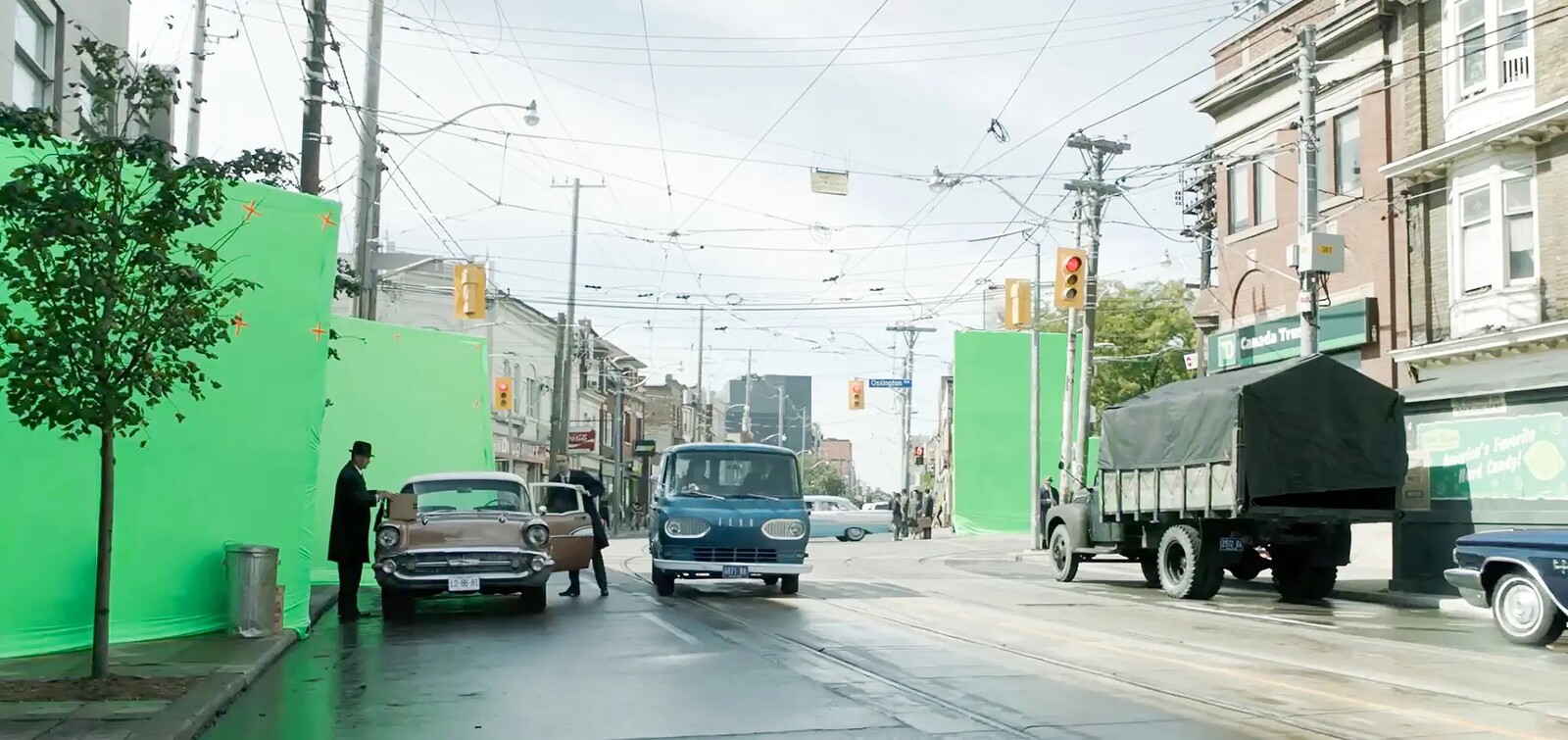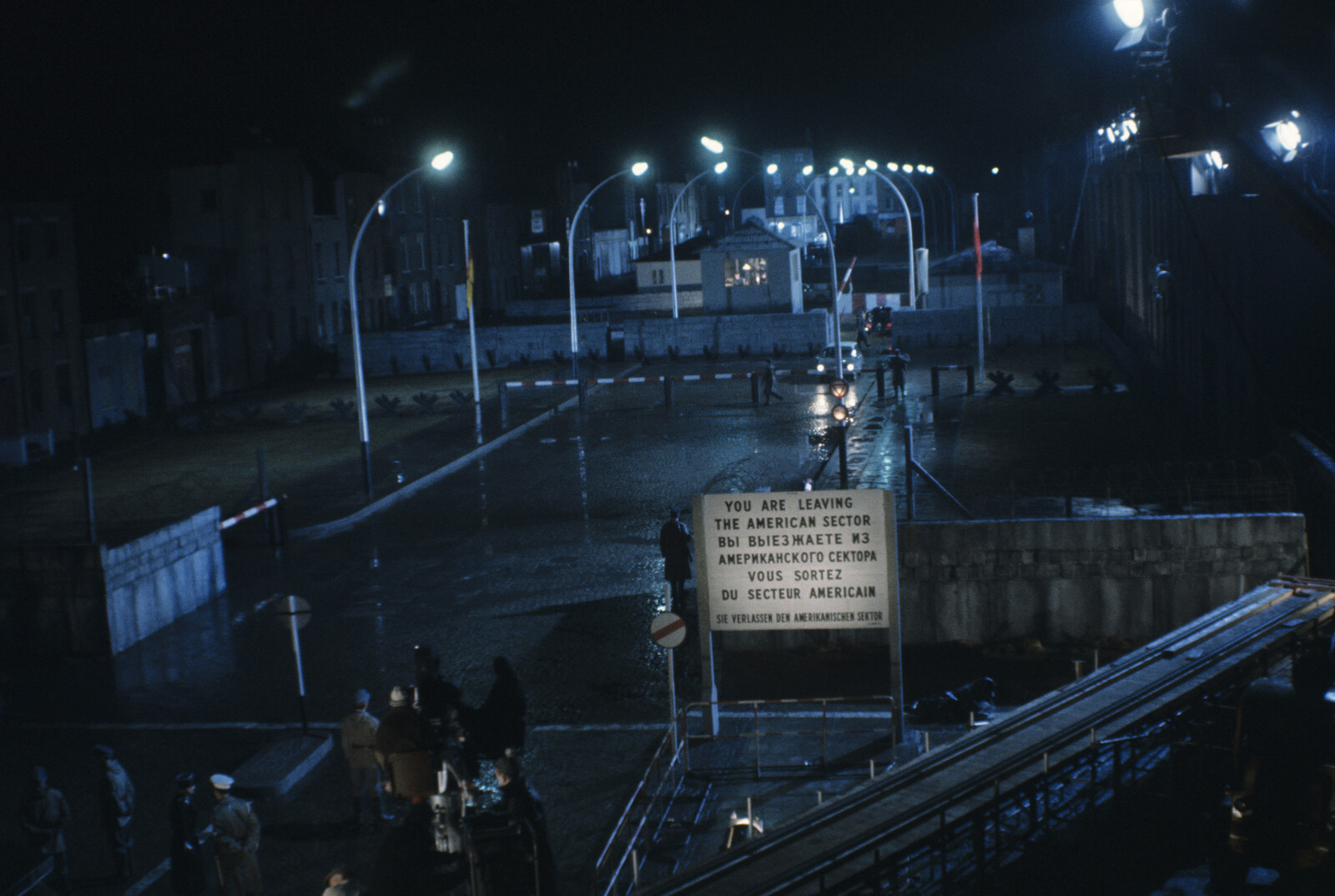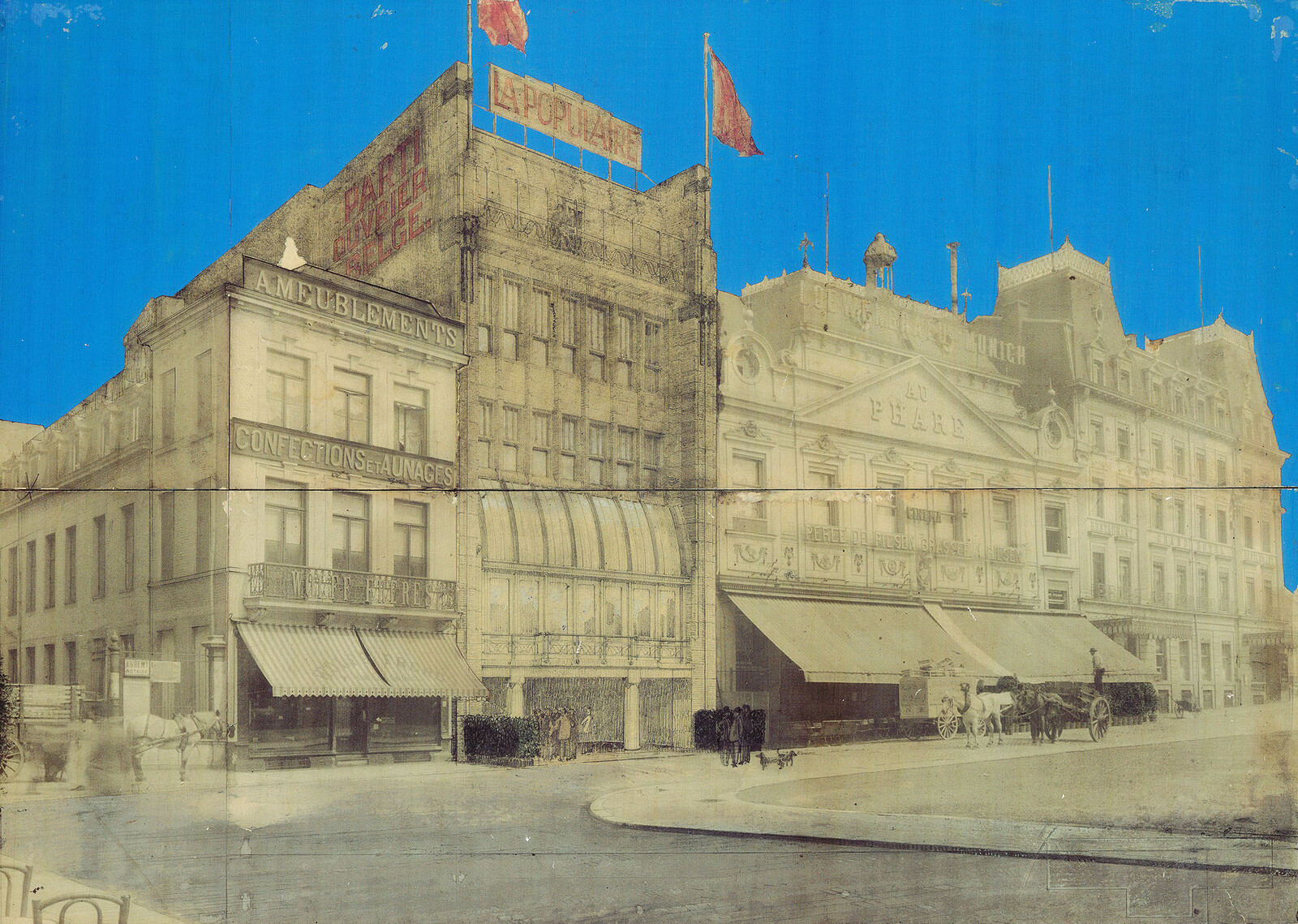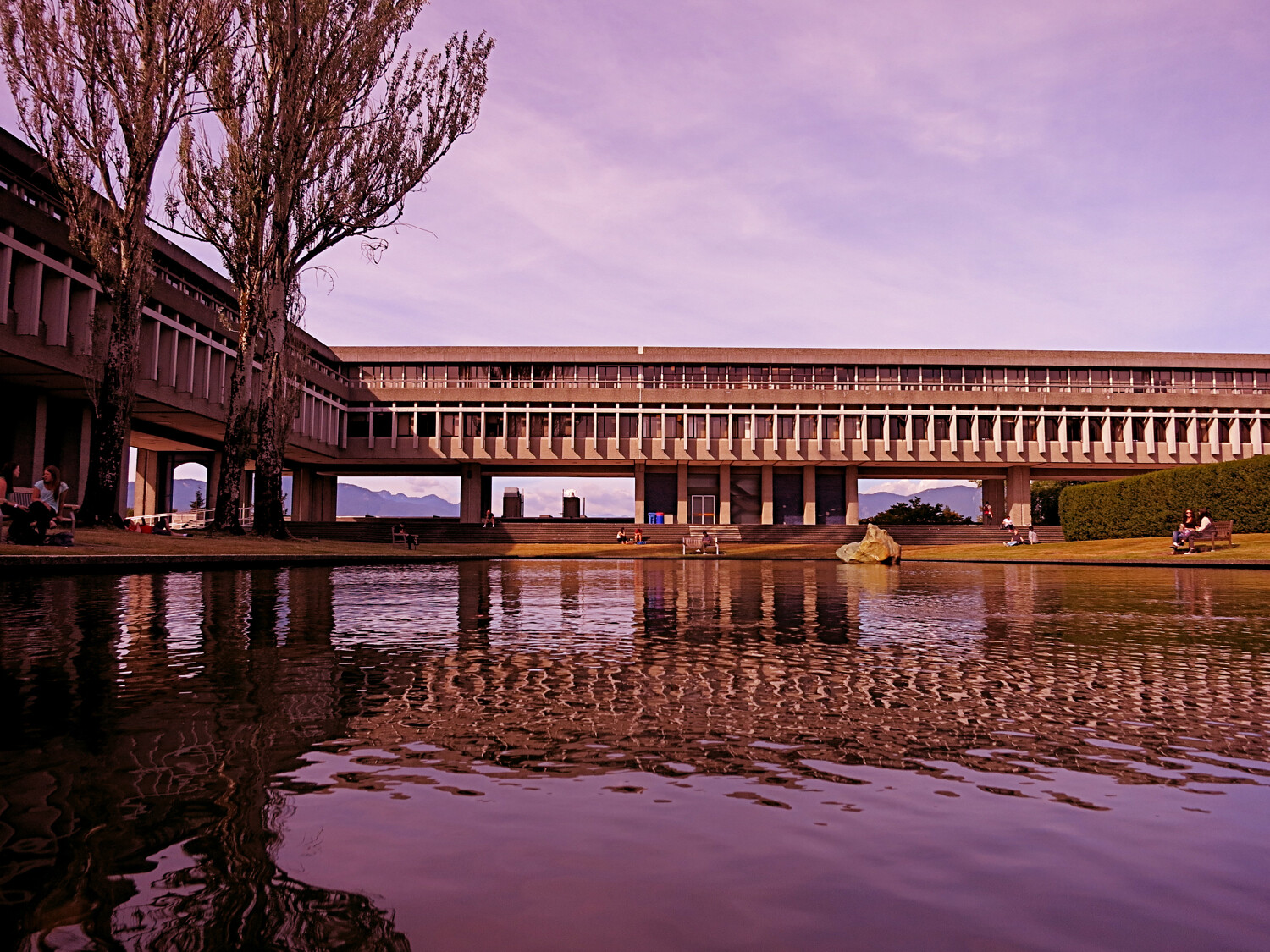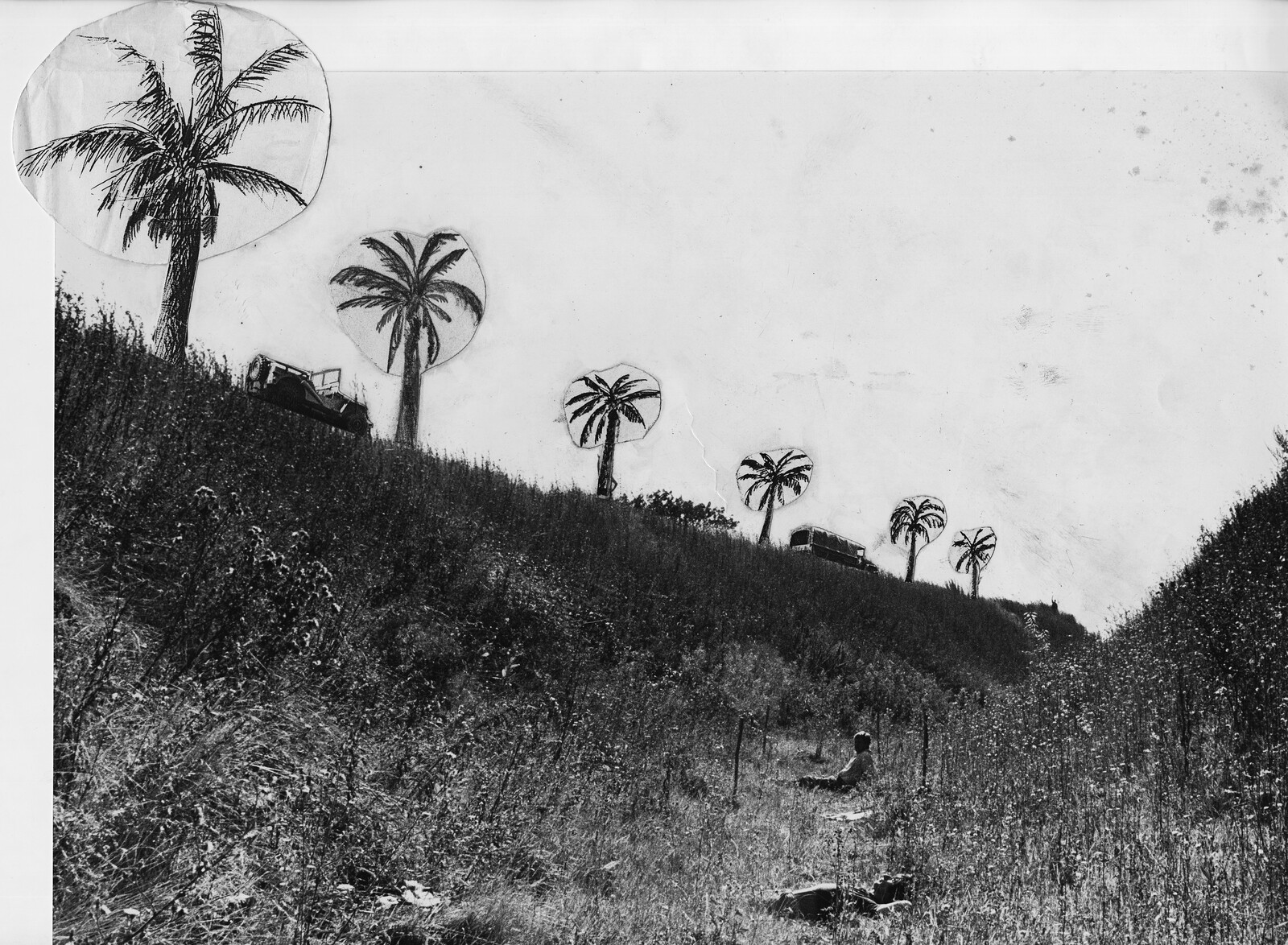Impostor Cities is a collaboration between e-flux Architecture and The Museum of Contemporary Art Toronto within the context of its eponymous exhibition, which was initially commissioned by the Canada Council for the Arts for the 17th Venice Architecture Biennale. It features contributions by Craig Buckley, Randolph Jordon, Janine Marchessault, Matteo Mastrandrea, Simone C. Niquille, and Peter Sealy.
One key strand in the history of the built environment is the genius loci of buildings and cities. Architectural design should, accordingly, develop from a response to specific and local climates, politics, cultures, geographies, and terrains. The only problem with this approach is that the constituents of any place extend far beyond their physical and temporal bounds. The meaning of our cities and landscapes are not just built by the historical flows and layers of experience that have accumulated within them. They are also crafted by the images we project and the stories we tell, which recursively shape the expectations and desires we invest in them.
Over the past one hundred years, film has been one of the most consequential forms of media on the development and understanding of the built environment. Film has a unique ability to evince the multiple layers of meaning inherent to space. Through narrative, it can create affect and make sense, whose structure of thought and memory lasts well beyond the moment of watching. Through montage, it can unveil connections that are instrumental to the constitution our cities and landscapes, but which cannot be perceived as such by the sensorium of a human body positioned within it.
For some early filmmakers like Dziga Vertov, this revelatory capacity of filmmaking has been charged with revolutionary potential. But what it takes to fulfil this mission and present a more fundamental, or previously unseen truth, has often required decentering the anthropocentric gaze—embracing the particular affordances and propensities of the camera and the process of filming and editing. Indeed, ever since it started being screened in public, film has been used to estrange, to decontextualize, to defamiliarize viewers with the built environment, if only in order to enchant, to sensitize, to mobilize anew.
While film can speak in powerful ways to the essence of place, it also shows us how easy it is for architecture to become something else, to perform otherwise. This can be employed towards imaginative, speculative ends, such as brutalism’s habit for serving as sets for science fiction films. But it can also be done for more mundane, banal reasons, like tax write-offs and visa limitations. In this regard, Toronto often plays New York, Bucharest plays Paris (and Moscow), and Los Angeles, as we know, plays itself.
Film has created a global generic city we see onscreen and live in together. This cinematic sleight of hand creates a new experience that unsettles and prompts novel questions about place, identity, and authenticity. Studio lots may claim to serve as tabula rasa, but the images they create impact the actual places they are meant to depict. Like a self-fulfilling prophecy, the power of the simulacrum is that it becomes real. The importance of the environments we build onscreen destabilizes, and potentially emancipates, the logics of contemporary architectural design.
Impostor Cities is a collaboration between e-flux Architecture and The Museum of Contemporary Art Toronto within the context of its eponymous exhibition, which was initially commissioned by the Canada Council for the Arts for the 17th Venice Architecture Biennale.
